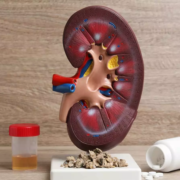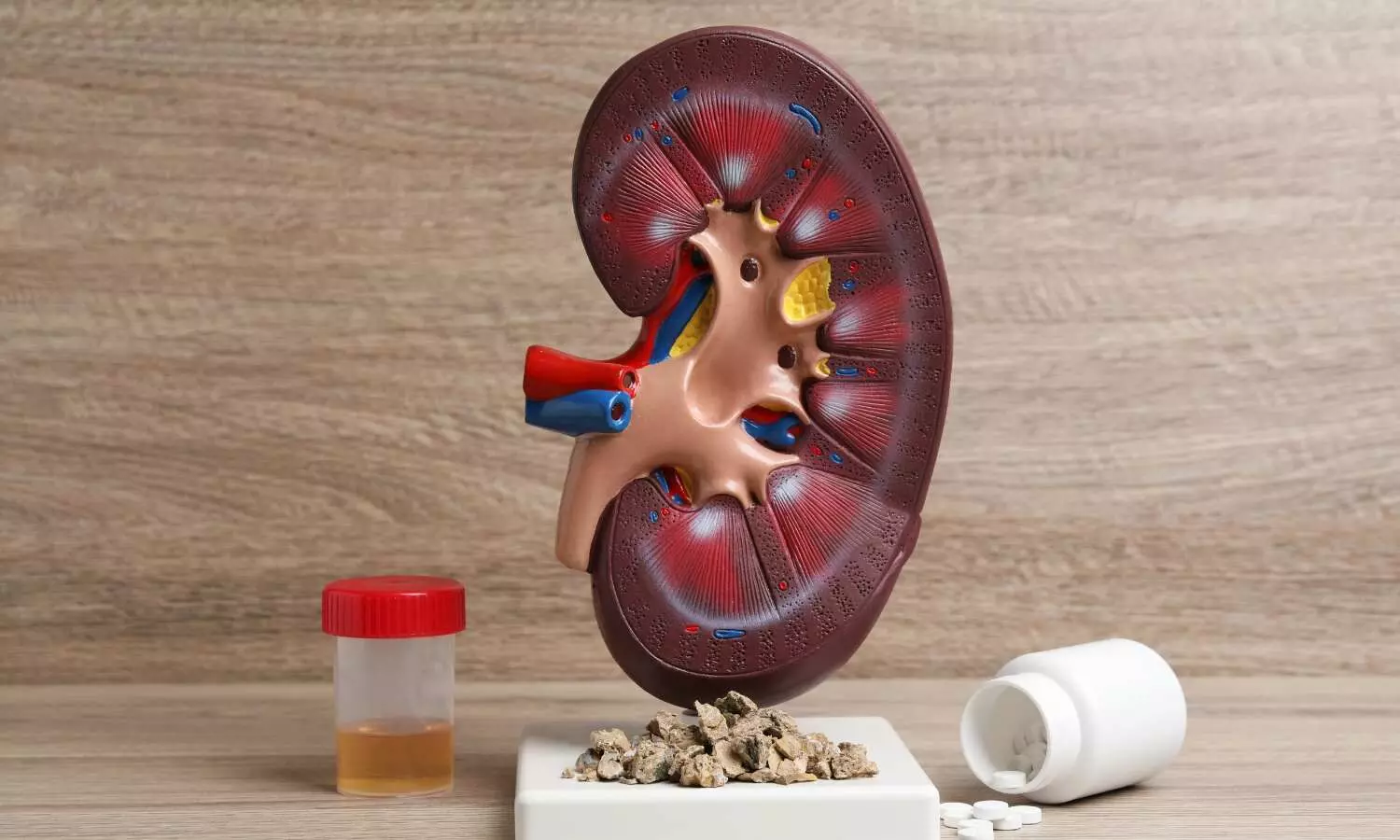Advanced Hybrid Closed-Loop Therapy Improves Glycemic Control During Pregnancy and Postpartum in Type 1 Diabetes: Study

Belgium: A new analysis from the CRISTAL randomized controlled trial highlights the benefits of advanced hybrid closed-loop (AHCL) therapy in women with type 1 diabetes during the intrapartum and early postpartum periods. The secondary observational study compared AHCL with standard insulin therapy, focusing on glycemic control during these critical times when insulin requirements fluctuate significantly.
The study, published in Diabetes Care, found that AHCL effectively maintains tight glycemic control during labor and the early postpartum period, and it can be safely used during rapidly fluctuating insulin needs.
The AHCL system, which integrates real-time continuous glucose monitoring with automated insulin delivery, was evaluated for its effectiveness and safety. Katrien Benhalima, Clinical and Experimental Endocrinology, KU Leuven, Leuven, Belgium, and colleagues aimed to assess the efficacy and safety of advanced hybrid closed-loop therapy during labor and early postpartum, compared to standard insulin therapy, in pregnant women with type 1 diabetes (T1D).
For this purpose, the researchers conducted the CRISTAL trial, a double-arm, open-label, randomized controlled study in Belgium and the Netherlands. The trial enrolled 95 pregnant participants with type 1 diabetes (T1D), randomly assigning them 1:1 to either the MiniMed 780G AHCL system (n = 46) or standard insulin therapy (n = 49).
The prespecified, secondary observational analysis compared glycemic control and safety outcomes between participants from the original AHCL group who continued using the system intrapartum (n = 27) and/or early postpartum (n = 37, until hospital discharge) and those from the standard insulin therapy group who used standard insulin therapy intrapartum (n = 45) and/or early postpartum (n = 34).
The study revealed the following findings:
- Of the 43 participants in the AHCL group and 46 in the standard insulin therapy group who completed the trial, 62.8% in the AHCL group continued AHCL, and 97.8% in the standard insulin therapy group continued standard insulin therapy intrapartum.
- Intrapartum, AHCL was associated with more time in range (3.5–7.8 mmol/L) than standard insulin therapy (71.5 ± 17.7% versus 63.1 ± 17.0%).
- AHCL also showed a numerically lower time above range (>7.8 mmol/L) compared to standard insulin therapy (27.3 ± 17.4% versus 35.3 ± 17.5%), without an increase in time below range (<3.5 mmol/L) (1.1 ± 2.4% versus 1.5 ± 2.3%).
- In the early postpartum period, 37 (86.0%) participants randomized to AHCL continued use, with a median increase in insulin-to-carbohydrate ratios of 67%.
- Similar tight glycemic control was observed in the early postpartum period with AHCL versus standard insulin therapy (3.9–10.0 mmol/L: 86.8 ± 6.7% versus 83.8 ± 8.1%).
- No severe hypoglycemia or diabetic ketoacidosis was reported in either group.
“The findings showed that the use of AHCL therapy during pregnancy leads to a greater improvement in glycemic control compared to standard insulin therapy,” the researchers concluded.
Reference:
Kaat Beunen, Pieter Gillard, Nancy Van Wilder, Dominique Ballaux, Gerd Vanhaverbeke, Youri Taes, Xavier-Philippe Aers, Frank Nobels, Liesbeth Van Huffel, Joke Marlier, Dahae Lee, Joke Cuypers, Vanessa Preumont, Sarah E. Siegelaar, Rebecca C. Painter, Annouschka Laenen, Chantal Mathieu, Katrien Benhalima; Advanced Hybrid Closed-Loop Therapy Compared With Standard Insulin Therapy Intrapartum and Early Postpartum in Women With Type 1 Diabetes: A Secondary Observational Analysis From the CRISTAL Randomized Controlled Trial. Diabetes Care 21 October 2024; 47 (11): 2002–2011. https://doi.org/10.2337/dc24-1320
Powered by WPeMatico



















